Top Lists
10 Most Disgusting Delicacies

Top 10 Disgusting Delicacies That Will Make Your Stomach Churn
If you have an adventurous spirit when it comes to food, prepare to explore some of the most peculiar delicacies the world has to offer. While these dishes may be considered disgusting by some, they are beloved by others who appreciate their unique flavors and cultural significance.
Brace yourself as RNN dive into a list of the most revolting culinary creations from around the globe. From bizarre ingredients to peculiar cooking methods, these dishes are not for the faint of heart or weak of stomach.
Here’s a list of some of the most Disgusting delicacies found across the globe:
1. Casu Marzu (Italy)
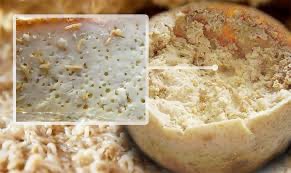
Prepare to lose your appetite with this traditional Sardinian cheese that is infested with live maggots. Yes, you read that right! The cheese is intentionally left to ferment, allowing flies to lay eggs, which hatch into wriggling larvae. Casu Marzu is definitely not for the squeamish.
Casu Martz, also known as casu marzu or “rotten/putrid cheese,” is a traditional Sardinian sheep milk cheese. It contains live insect larvae, commonly known as maggots. A similar cheese called “casino merzu” is found in Corsica, France. Casu martzu is made from pecorino cheese and undergoes a unique fermentation process.
2. Balut (Philippines)
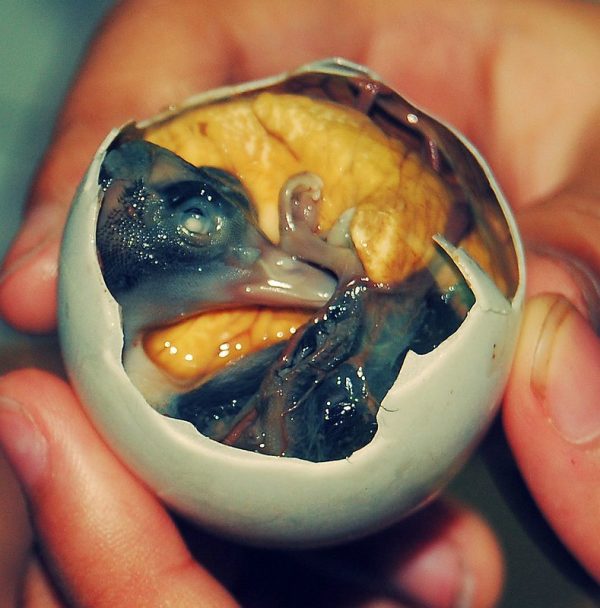
Balut is another disgusting delicacy. This is a street food enjoyed in South China and Southeast Asian countries like the Philippines, Cambodia, and Vietnam. It consists of a boiled or steamed fertilized duck egg with a partially formed embryo inside, which is eaten straight from the shell. The egg is usually incubated for about 14 to 21 days before cooking, but this can vary depending on regional customs. The word “balut” comes from the Filipino language.
3. Hákarl (Iceland)
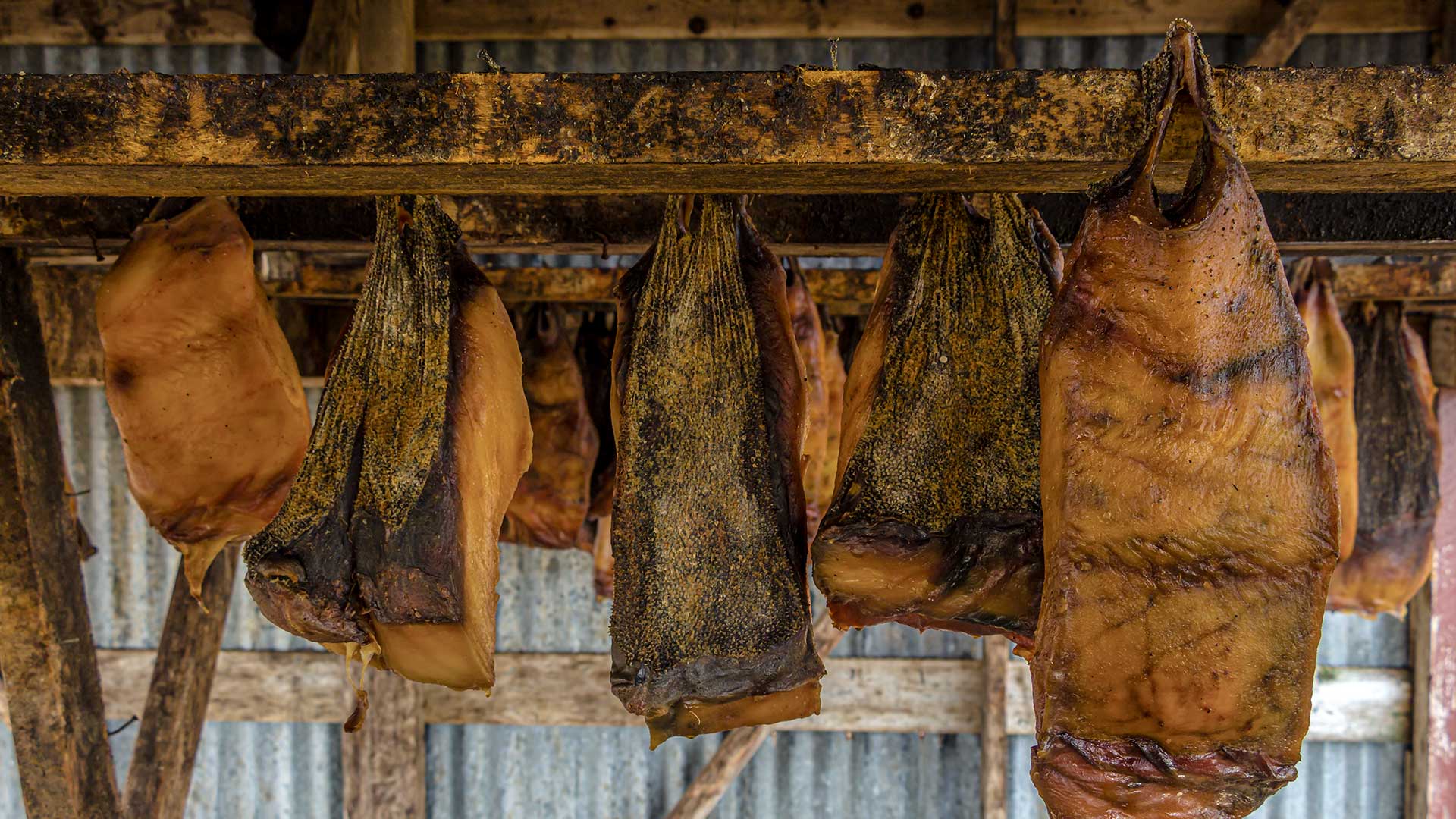
Hákarl is a traditional Icelandic dish made from Greenland shark that is cured through fermentation and dried for several months. It has a strong smell and fishy taste, which may not appeal to everyone. You can find a fermented shark in Icelandic stores all year, but it is commonly served during the midwinter festival called þorrablót. This dish involves burying the shark underground to decompose and develop its distinct ammonia smell. The end result is a unique and memorable delicacy with a chewy texture.
4. Surströmming (Sweden)
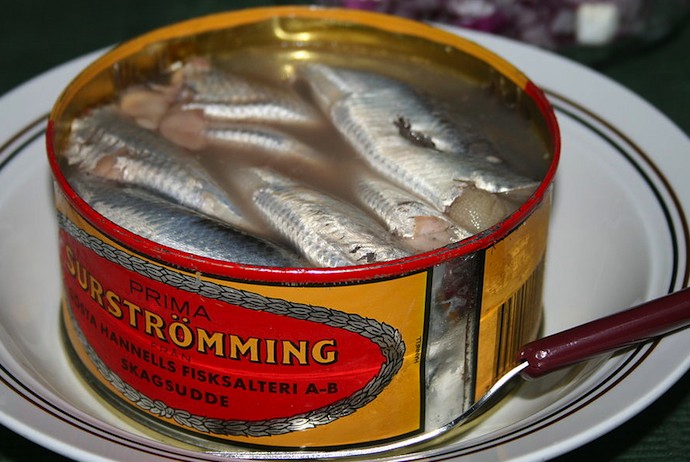
Surströmming is a type of fermented Baltic Sea herring that has been a part of Swedish cuisine for centuries. It is different from fried or pickled herring. Surströmming is notorious for its strong smell, often compared to a combination of rotten eggs and dirty socks. Opening a can of surströmming is a memorable and intense experience for your sense of smell.
5. Shiokara (Japan)
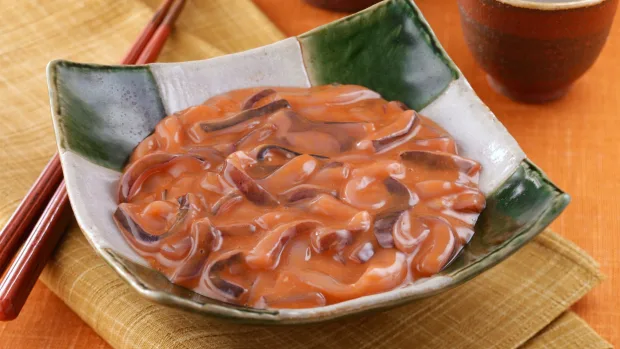
Shiokara is a Japanese food made from fermented seafood, usually squid or octopus, mixed with heavily salted and fermented viscera. It has a strong, salty taste and a strong fishy smell, which may not appeal to everyone. The raw viscera are combined with salt and malted rice, then fermented in a closed container for up to a month.
Shiokara is a disgusting delicacy that is commonly sold in glass or plastic containers. Its flavor is similar to European cured anchovies in terms of saltiness and fishiness, but it has a different texture. Shiokara is considered a rare taste and an acquired taste, even for native Japanese people. In post-war Japan, when food was scarce and refrigeration was not readily available, shiokara was a valuable source of protein. It was consumed as a condiment for rice and in bars.
6. Escamoles (Mexico)

Escamoles are ant larvae and pupae that are commonly eaten in Mexico City and nearby areas. They are sometimes called “Mexican caviar” or “insect caviar.” The larvae are harvested from agave plant roots and have a buttery, nutty taste similar to cottage cheese. While they are a popular ingredient in Mexican cuisine, some people may find their appearance unappealing.
7. Century Egg (China)
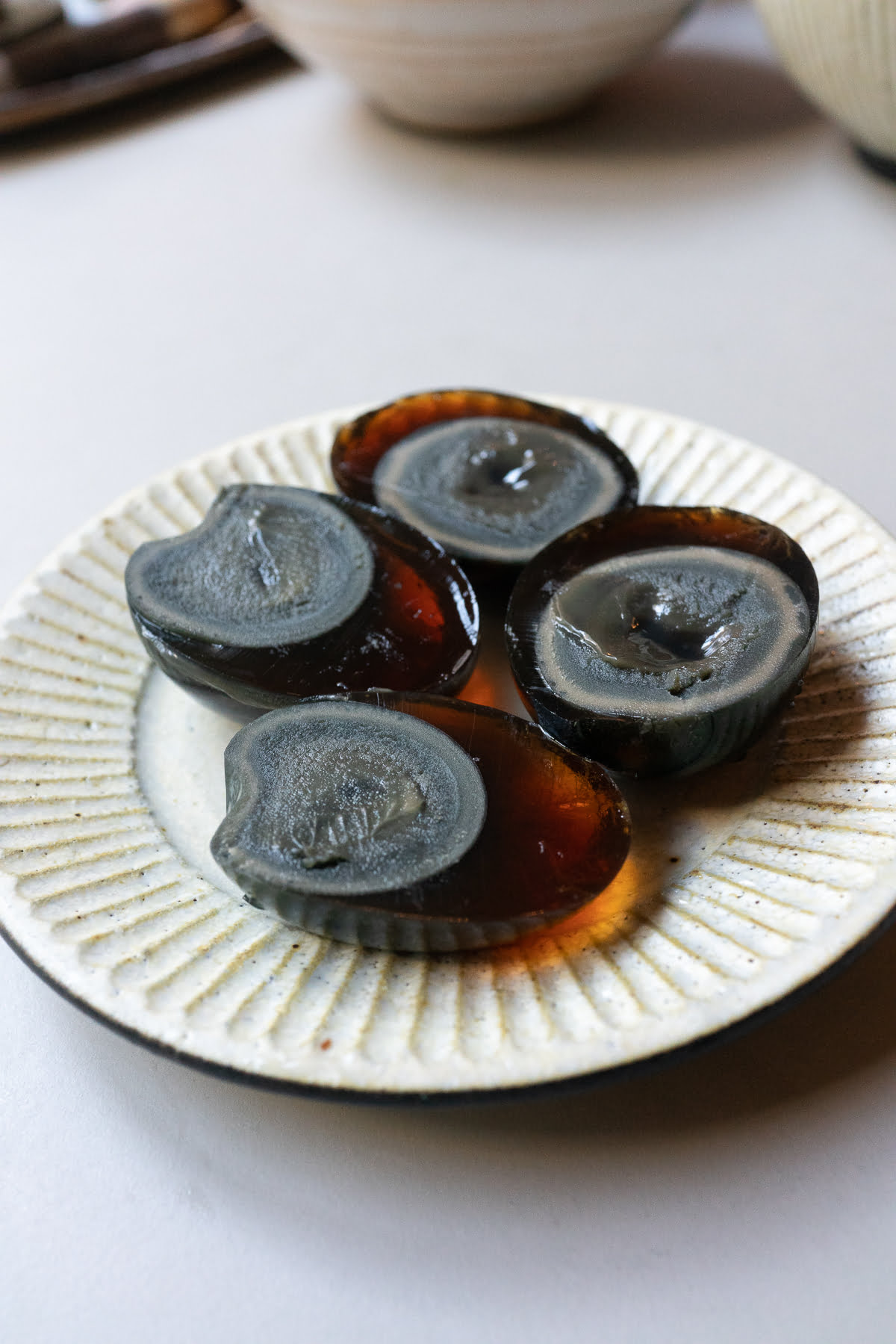
Century eggs are a Chinese dish made by preserving duck, chicken, or quail eggs in a mixture of clay, ash, salt, quicklime, and rice hulls for several weeks to several months. They have a gelatinous texture and a strong, pungent odor. The yolk turns dark green to grey with a creamy consistency and strong flavor, while the white becomes a dark brown, translucent jelly with a salty taste.
The eggs undergo a chemical process that breaks down proteins and fats, resulting in smaller flavorsome compounds. Some eggs have patterns resembling pine branches on the surface and are considered to be of higher quality. They are known as Songhua eggs or pine flower eggs.
8. Sannakji (South Korea)
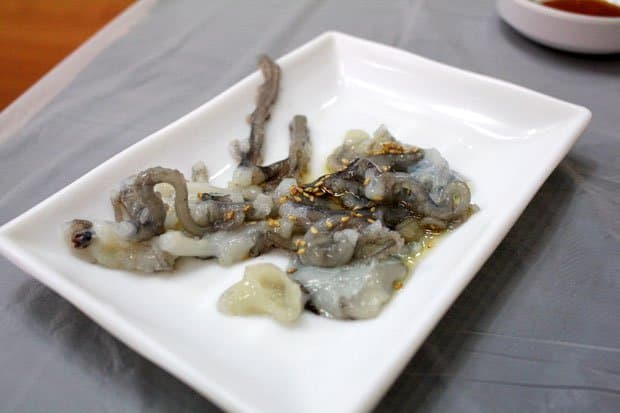
Sannakji is a disgusting delicacy that features live octopus, sliced into small pieces and served immediately. The tentacles are still moving and squirming on the plate, making it an unsettling experience for those not accustomed to consuming live creatures.
Sannakji is a dish made from live octopus that is sliced into small pieces and served right away. The tentacles continue to move on the plate, which can be unsettling for people who are not used to eating live animals.
9. Rocky Mountain Oysters (United States)
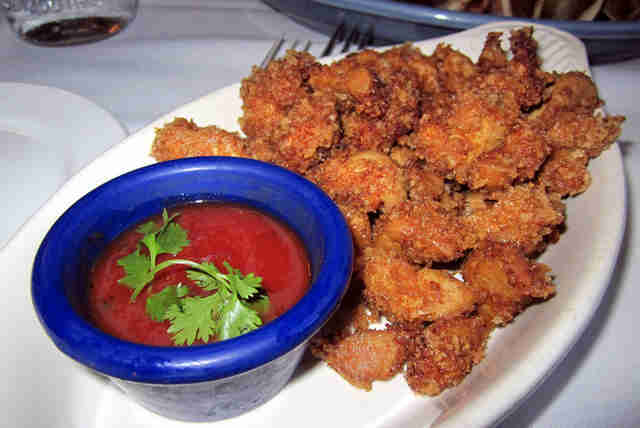
Despite the name, these “oysters” are not seafood at all. In reality, Rocky Mountain oysters are deep-fried bull testicles, often served as a novelty dish in parts of the United States. It takes a brave soul to indulge in this unusual delicacy.
Rocky Mountain oysters, also called mountain oysters or meatballs, are bull testicles that are skinned, coated in flour, pepper, and salt, and deep-fried. They are sometimes flattened and commonly served as an appetizer. In Canada, they are known as prairie oysters (French: animelles).
10. Medama (Tuna Eyeballs) – Japan
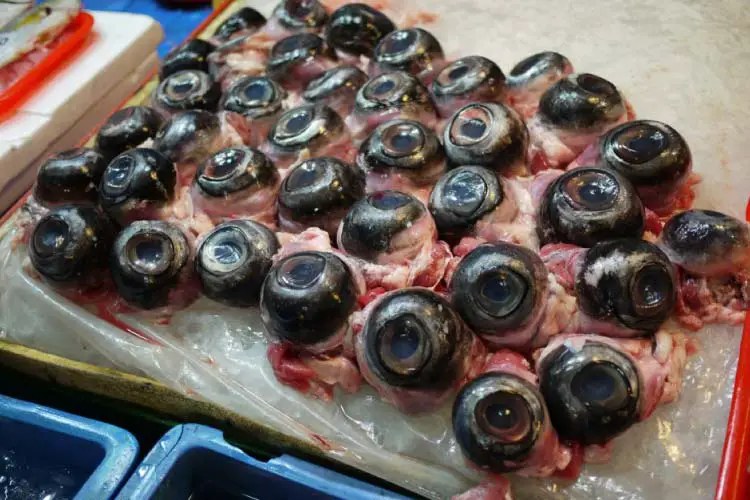
In Japanese supermarkets, you may be surprised to find tuna eyeballs staring back at you in the seafood department. These eyeballs are a popular delicacy in Japan and can be cooked in different ways such as frying, boiling, stewing, or lightly steaming. Tuna eyeballs became popular in the early ’90s when Japan’s media highlighted the health benefits of DHA or Omega 3. Due to their high concentration of Omega 3, there was a surge in demand for them. The most common way to prepare tuna eyeballs is by boiling them and seasoning them with soy sauce, sugar, sake, or mirin. Inside the rubbery shell, you’ll find a soft fatty substance, and the taste is similar to squid or octopus, with a hint of hard-boiled egg flavor.
Conclusion
While these delicacies may not appeal to everyone’s taste buds, they are undoubtedly fascinating examples of the diverse culinary world we live in. So, if you’re feeling adventurous, perhaps it’s time to step out of your comfort zone and embark on a gastronomic journey to discover new flavors and cultural experiences. Remember, what may be disgusting to some could be a cherished delicacy to others!
